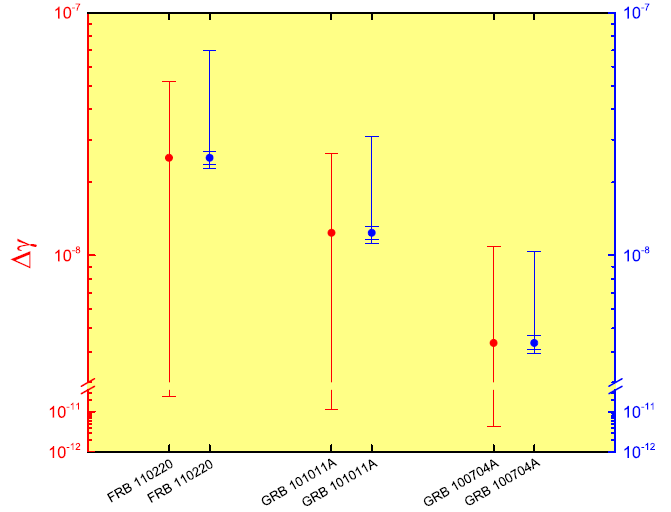On the occasion of the hundredth anniversary of the theory of General Relativity, one of its major pillars, namely the Einstein Equivalence Principle (EEP), has been verified to an unprecedented accuracy. As we know, one statement of the EEP is that any uncharged test body traveling in empty space will follow a trajectory which is independent of its internal structure and composition. It has been shown that the EEP can be probed with astrophysical sources emitting simultaneously different types of massless (or negligible rest mass) neutral particles, or particles of same type with varying energies, by testing their time of flight through the same gravitational field. In the present work, we find that fast radio bursts (FRBs) of extragalactic origin can serve as the best astrophysical laboratory to probe the EEP. With FRB photons of different frequencies as test particles, the accuracy of the EEP be conservatively constrained at the level of one part in a hundred million (see Fig. 1), which is at least two orders of magnitude tighter than the previous results obtained through other methods. 
By with WEI Junjie Figure 1. Limits on the differences of the γ values for three FRB observations. The work by Jun-Jie Wei, He Gao, Xue-Feng Wu, and Peter Mészáros has been published in Physical Review Letters. Moreover, this letter has been highlighted by the editors as an Editors’ Suggestion. Please see Phys. Rev. Lett. 115, 261101 (2015) for more details: (http://journals.aps.org/prl/abstract/10.1103/PhysRevLett.115.261101) |
